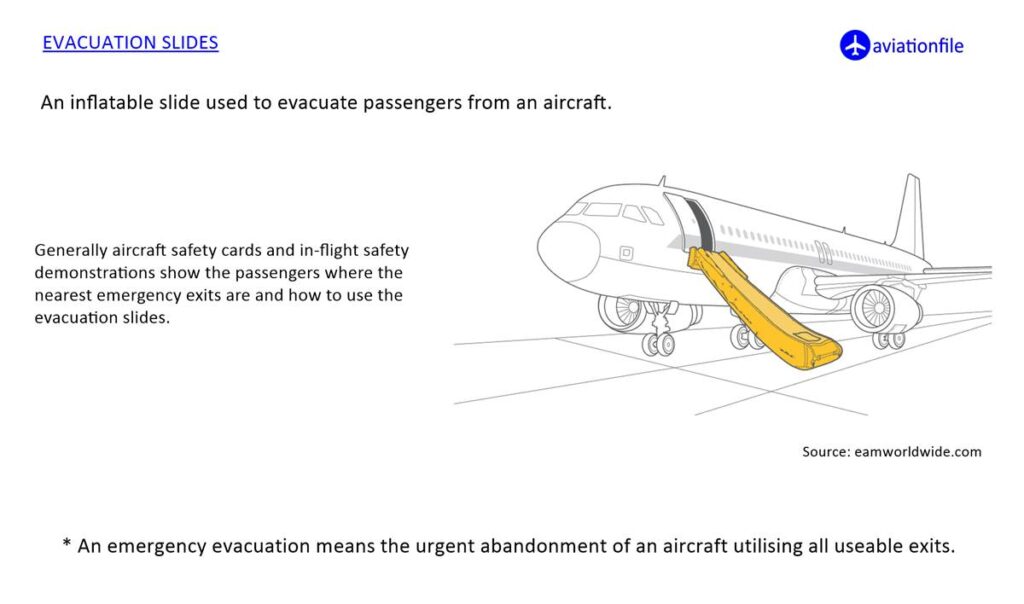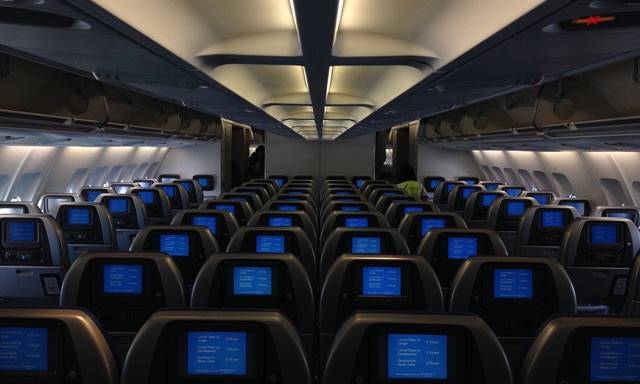Dimmed Lights, Big Reasons: Why Airplane Cabins Go Dark During Takeoff and Landing
Ever wondered why airplane cabins go dark during takeoff and landing? It’s not just for drama – there’s serious safety science behind it!
Eyesight Advantage: Our eyes take time to adjust to darkness. Dimming the lights preps passengers for sudden darkness in an emergency, like a power outage. Imagine fumbling for exits in pitch black – not ideal!
Pilot Power: Darkness outside the plane boosts the pilot’s night vision. Glowing cabin lights create glare, making it harder to see runway lights and potential obstacles. Clearer vision for the pilot equals smoother landings and takeoffs.
Emergency Exits in Plain Sight: Dimming the lights helps passengers locate emergency exits faster. Floor lighting and glow-in-the-dark markings become more visible, guiding the way during an evacuation.

Bonus Benefit: It saves energy! Running all those cabin lights during critical phases guzzles fuel. Taking them down a notch reduces fuel consumption, making flights a little greener.
So, next time your airplane dims the lights, remember – it’s not just a mood setter. It’s a carefully calculated safety measure, ensuring everyone on board has a clear view of a smooth journey.
References and Further Reading
Why do the lights go out in an airplane during takeoff and landing?” by myflyright: This blog post provides a comprehensive explanation of the reasons behind dimmed cabin lights, including safety, vision, and energy efficiency.
https://simpleflying.com/the-reason-why-plane-lights-are-dimmed-during-takeoff-and-landing/
“Why Planes Turn Lights Off For Takeoff And Landing” by NDTV: This video offers a visual explanation of the science behind dimmed lights and their role in improving safety during critical phases of flight.
https://www.cntraveler.com/story/the-real-reason-planes-dim-the-lights-during-takeoff-and-landing



